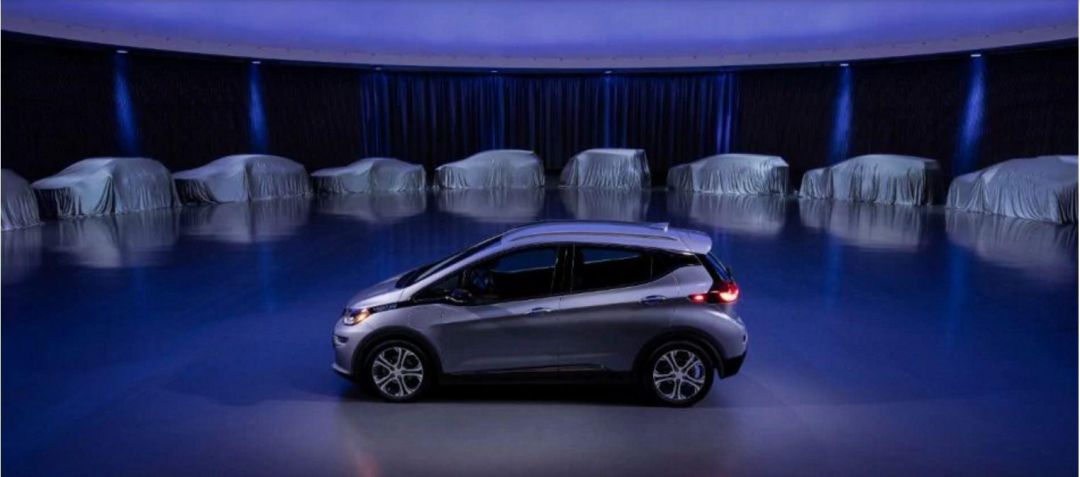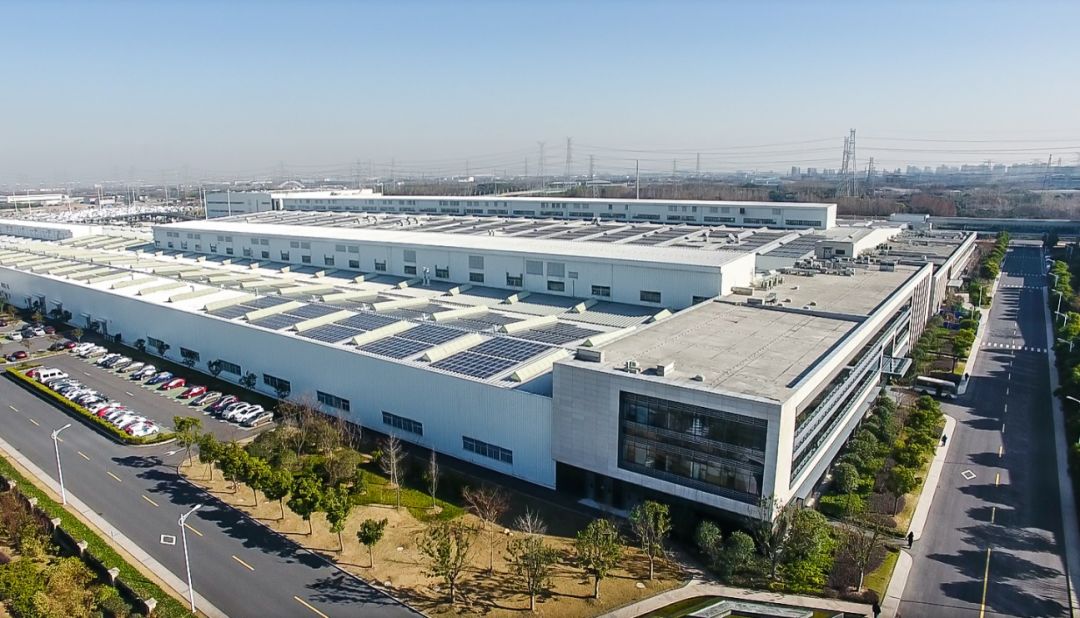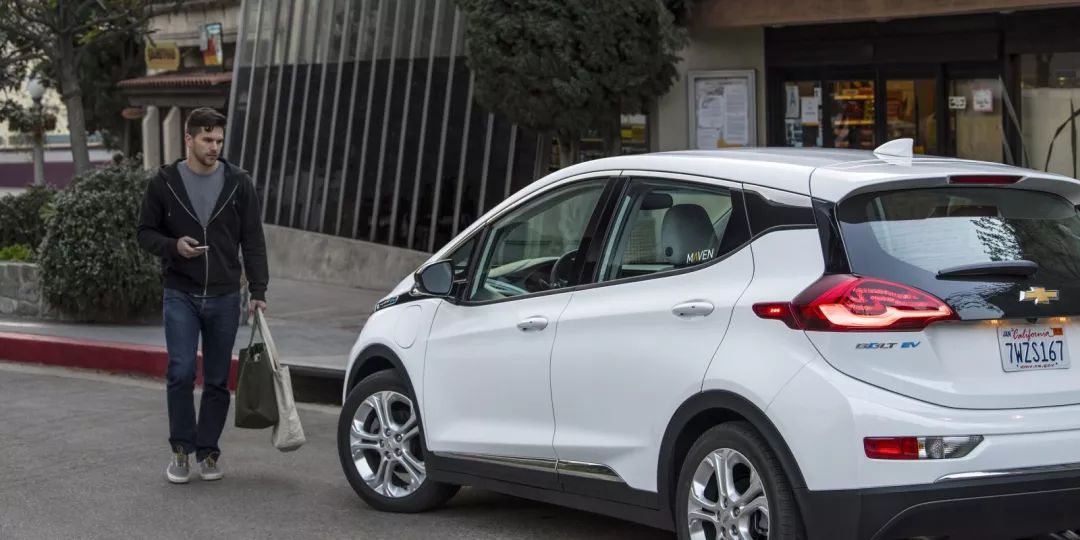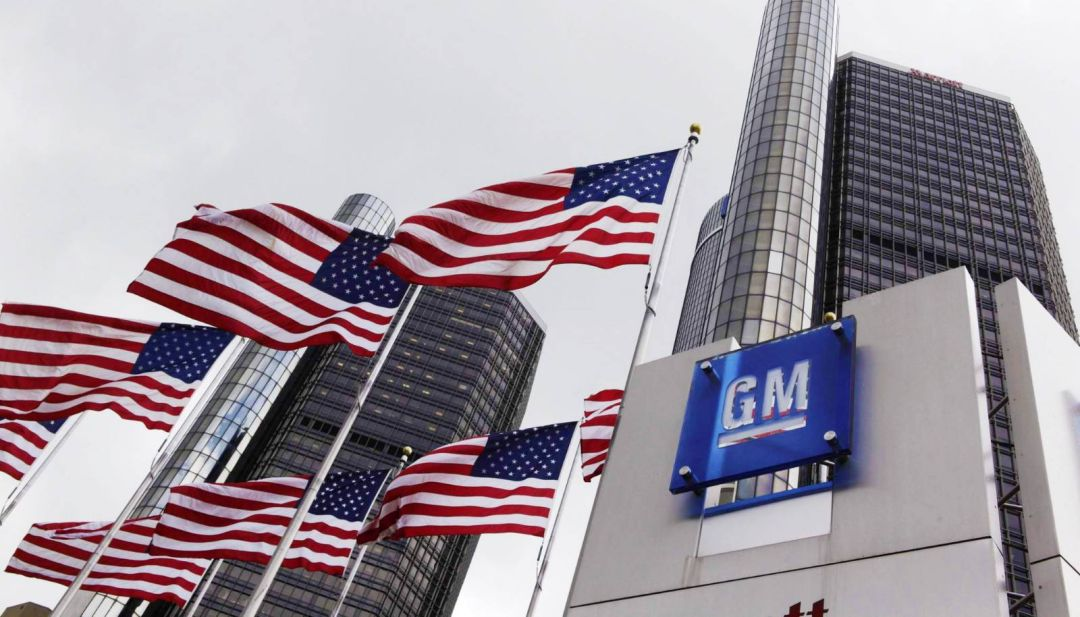In just the past month, General Motors has decided to close multiple production bases globally and initiate a large-scale layoffs plan, marking the first large-scale layoffs for General Motors in the past decade.
Ten years ago, in the context of the global financial crisis, major car companies were all facing difficult situations, as the sales of General Motors’ large displacement full-size SUVs and pickups, which were mainly sold under high oil prices, were weak and became the last straw that broke the camel’s back, causing serious cash flow problems for General Motors.
In early 2009, General Motors decided to lay off 47,000 people and close five factories in the United States to reduce expenditures. Unfortunately, the global economic environment continued to worsen and General Motors’ finances continued to deteriorate. In June 2009, it had to apply for bankruptcy protection in a Manhattan court in the United States. Later on, with the financial support of the U.S. government, General Motors underwent bankruptcy restructuring and made a comeback.
Now, the automotive industry is facing a new round of reshuffle, and General Motors has sensed the crisis ahead of time. In order to avoid being out of the game again, General Motors has organized its own cards and demonstrated a strong desire to survive.
Even if it offends the President, it will accelerate transformation
On November 27th, General Motors announced that in order to accelerate the progress of the company’s transformation, it will continue to take positive measures to improve overall business performance, including restructuring its global product development department, integrating production capacity structures, and optimizing personnel structures. It is expected that by the end of 2020, the company’s annual adjusted automotive free cash flow will increase by $6 billion, with $4.5 billion coming from strict cost controls and $1.5 billion from capital expenditure reductions.
As part of the transformation plan, 15% of salaried employees will be laid off by the end of next year, management personnel will be reduced by 25%, and the president’s staff will be cut to 147 million worldwide. Seven production bases will be closed globally, including four in the United States.
This decision by General Motors has infuriated President Trump, who tweeted several times in just two days, expressing his disappointment in General Motors. Initially, the U.S. government helped General Motors make a comeback, but now General Motors is closing its factories in the United States, without a single factory in China or Mexico. Trump also said that General Motors had better bring its factories back to Ohio, otherwise they will consider cutting off all related subsidies to General Motors.
This move by General Motors not only goes against President Trump’s philosophy of bringing manufacturing back to the United States, but also will result in tens of thousands of people losing their jobs. The addition of 7,000 employment positions that General Motors announced before Trump’s inauguration has yet to be realized, and now tens of thousands of positions will be cut. Can he not be angry?
Although Trump has been angered, the wheels of transformation have already been set in motion. General Motors’ CEO, Mary Barra, will not consider pleasing the president with these unrealistic moves. For General Motors, the most important thing is to survive.“`
Marry said: “These measures will effectively promote the company’s transformation, make us more agile, flexible, and profitable, and enhance our ability to invest in the future. We must always formulate successful long-term development plans based on market performance and consumer demand.”
Looking carefully at the general plan to close four production bases located in the United States, both the Detroit-Hamtramck factory in Michigan and the Lordstown factory in Ohio, which are mainly responsible for the assembly of compact cars under General Motors, are among them.
Given the continued decline in oil prices in North America, many consumers prefer SUVs and pickup trucks with larger engine displacements, so closing these small car assembly plants is reasonable. The Baltimore plant in Maryland, and the Warren plant in Michigan, are both drive system manufacturing plants. Given the transition from fuel to electric power, it’s not surprising that these two factories are closed.
Of course, talking is easy. On the one hand, it is necessary to withstand pressure from the US government, on the other hand, it is necessary to promote the transformation of General Motors. The one who is in trouble is General Motors CEO Mary Barra.
General Electric’s “Super Mary”
Mary Barra can be considered a true GM person. In 1980, she joined the Pontiac Automotive Department as a student at General Motors College (now Kettering University) for an internship. With 35 years of experience, she has worked her way up from an intern to CEO and chairman.
Among the global automotive giants, you cannot find a second female CEO. And she has not disappointed the GM board. Since taking office in December 2013, General Motors has overcome difficulties under her leadership. First, she solved the loss-making mess in the European market, and then she properly handled the “ignition switch recall” incident affecting 2.4 million GM vehicles, and was once called “Super Mary” by GM employees.
In order to lead General Motors to keep up with the trend of the times, “Super Mary” formulated four routes in 2017: electrification, intelligent interconnection, autonomous driving, and shared services, and proposed a beautiful vision of “zero accidents, zero emissions, and zero congestion.” These four routes are already very clear, and many new forces in the auto industry are doing the same. This is also the main theme of the transformation of many traditional automakers. Let’s focus on how General Motors is doing it.
General Motors’ Transformation Road
“Conservative” Electrification
“`Let’s start with electrification. Although many people are still skeptical about electric cars, Mark Reuss, General Motors’ Vice President for Global Development, has said, “General Motors believes that the future will be an era of all-electric cars.” In addition, the decision to close these factories under pressure from the president is also to free up funds for the production of new energy vehicles.
General Motors plans to launch 10 new energy vehicles in the Chinese market from 2016 to 2020, with an expected 28% reduction in carbon emissions. By 2030, the total number of new energy vehicle models in China will double. However, it is already the end of 2018, and the time frame for General Motors’ plan is getting closer and closer. A careful analysis reveals that General Motors’ new energy vehicle models are basically hybrid models, with only the Chevrolet Bolt being the only pure electric model.

The Buick Velite 6 electric version, which was released in April and planned to be launched early next year, has a comprehensive cruising range of only 250 kilometers. It is destined to be unable to compete on an equal footing with pure electric platforms, let alone leading the market. Several hybrid models that are being promoted are also not well recognized by the market, with very low monthly sales.
Although the usability, charging speed, and distance of electric cars with current battery technology still lags behind that of traditional fuel cars, General Motors’ route is still somewhat conservative.
Let’s take a look at one of the key aspects of electric vehicles behind the product: batteries. The power batteries used in General Motors’ new energy vehicles are all soft-pack batteries. General Motors chose to jointly develop them with LG Chemicals, with the battery cells produced by LG and assembled into packs by General Motors.
General Motors has two battery factories worldwide, one in the United States and one in Shanghai, China, which still shows that General Motors attaches great importance to the Chinese market. The SAIC General Motors Power Battery Systems Research and Development Center in Shanghai has the ability to develop, certify, and produce batteries, with a total investment of 1.6 billion yuan. With the factory in place, General Motors is now in control of its own destiny. Let’s see how General Motors will step up its efforts.

Although General Motors claims to be accelerating the development of the next generation battery architecture to introduce more affordable and convenient electric vehicle products for consumers, it does not seem that General Motors is putting as much effort into electrification as I imagined. Perhaps for traditional giants, there must be a gradual process.
Betting on autonomous driving.Compared to dim electrification, the development of automaker General Motors in the field of autonomous driving is undoubtedly eye-catching. In March 2016, General Motors acquired Cruise Automation for $1 billion. At that time, Cruise was just a small team of 46 people with only one or two Leaf test cars.
Under the leadership of General Motors CEO Mary Barra, Cruise has remained independent and has been given a high degree of operational autonomy by Mary. It has received technical support from General Motors’ engineering team, as well as financial support from General Motors, and has developed smoothly all the way. In addition, in 2017, technology heavyweights such as AG Gangadhar, former Uber engineering manager, Ashwin Prabhu, former Google Maps data program manager, Charlie Miller, and Chris Valasek joined, solidifying Cruise’s technical foundation.
In the 2018 annual report of the California Department of Motor Vehicles, General Motors’ Cruise had a passenger intervention rate of only 0.84 times per thousand miles, second only to Google’s Waymo at 0.2 times per thousand miles, ranking second. Cruise’s valuation has also soared, reaching $14.6 billion after several rounds of financing. The team has expanded to more than 1,000 people, and the number of autonomous vehicles has exceeded 180.
Now that Cruise has sufficient technical strength, General Motors has appointed its second-in-command, Dan Ammann, as CEO of Cruise without hesitation to further promote the commercialization of autonomous vehicles. Compared with other traditional automakers, General Motors’ autonomous driving technology is in the lead.
New forces making cars are best at intelligent connected vehicle technology
The concept of intelligent connected vehicles suddenly became popular during the period when new forces entered the car-making industry. Under the guidance of new car manufacturers, car infotainment systems have started to develop towards large screens and intelligence, bringing cars into the era of intelligence. Traditional automakers, who have been envious, have also started seeking to cooperate with technology companies to update their car infotainment systems, with the sole purpose of reducing consumer usage barriers through intelligence and improving product competitiveness.
In fact, General Motors planted the seed 23 years ago, but the early OnStar Angel Star system was basically a passive safety feature with low frequency of use. It was fortunate that consumers didn’t really use it much. Now, OnStar is much more practical, providing consumers with more convenient services and a better experience.
Though General Motors (GM) doesn’t yet have full-car OTA (over the air) updates, it has caught up to new automakers in terms of vehicle intelligence for in-car systems. Of course, GM’s view of intelligent Vehicle to Everything (V2X) systems does not stop there – it is also very proud of its V2X technology. V2X (Vehicle to Everything) refers to the vehicle’s interaction with the outside world via intelligent connectivity. By obtaining information about surrounding vehicles travel data and road information, etc. through the network, the data is calculated by the computer to explicitly tell the driver the best speed to travel and whether a collision will occur, effectively reducing the probability of traffic congestion and accidents.
Achieving this beautiful vision not only depends on the efforts of GM, but also necessitates collaboration of auto companies and government assistance and communication networks. It is a great challenge for GM.
Sharing?
To be honest, sharing is still some distance from us. But as intelligent and self-driving cars are promoted, this concept will become closer and closer to us. GM has also begun to layout its long-term strategy by launching the car sharing project “Maven.”

You may say that Maven is not even comparable with Didi or Uber if we consider the current scale. But look at the already merged Benz Car2Go and BMW DriveNow, and the financial reports of Didi Uber – a cruel fact is that, before autonomous driving technology is put into practice, ride-hailing platforms are not a profitable business.
But this does not mean that Maven should be shut down. As a matter of fact, it plays a pioneering role in GM’s experimentation with the business models for shared travel and helps to accumulate operational experience.
The CEO’s Decision
As shown in the Q3 2019 earnings report, GM’s good sales performance delivered a net income of $35.8 billion, an increase of 6.4% over the same period last year. But GM has already “died” once 10 years ago, and they are more afraid of the market than any other giant.
Jack Ma once said that “The best time to repair the roof is when the sun is shining.” Similarly, Mary Barra must lead GM to complete its transformation while the funding is adequate and use existing profits to invest in future growth. While traditional car companies transition from gasoline vehicles to electric vehicles, competitors encountered are not only emerging carmakers but also their own gasoline cars.Transformation requires courage, but Mary Barry once said, “Not making a decision is also a decision.” When the entire industry is going through transformation, a CEO who is too conservative and hesitates may jeopardize the future of the company.
This quote was said by Mary Barry to herself.



This article is a translation by ChatGPT of a Chinese report from 42HOW. If you have any questions about it, please email bd@42how.com.
